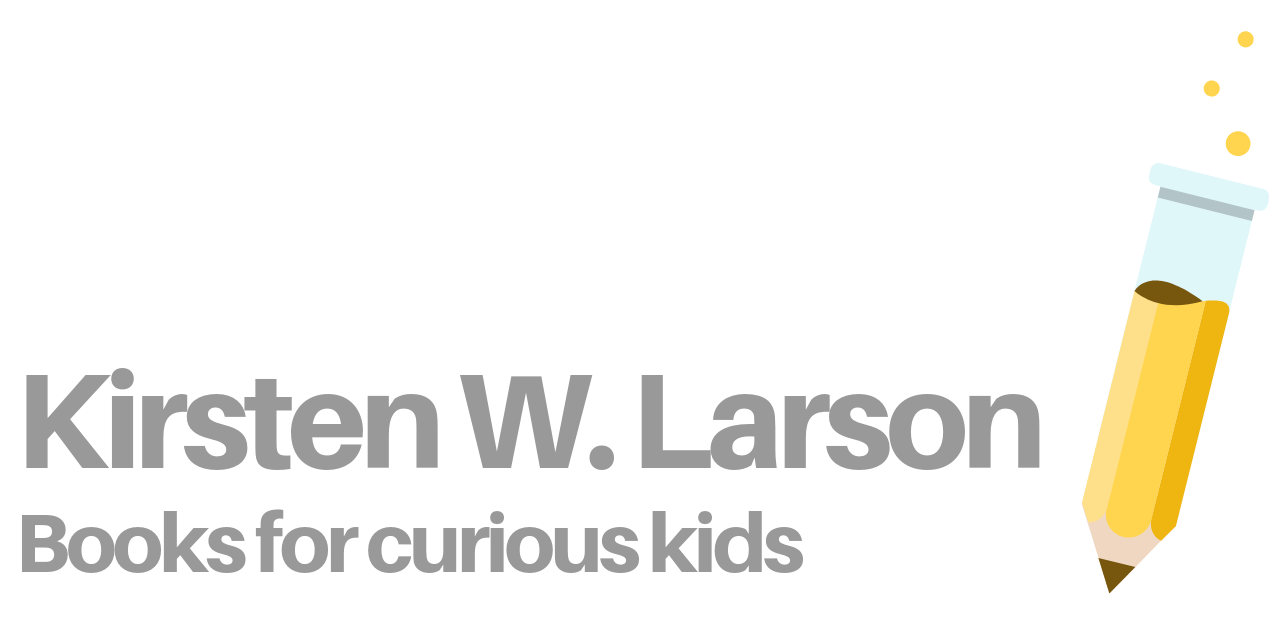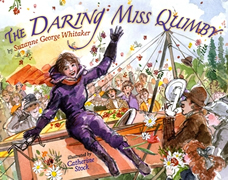
Before I introduce one of my favorite biographies of the year, I am going to let you in on a dirty little secret. I order from Amazon A LOT. But I refuse to buy a prime membership since I can normally make the $25 threshold for Super Saver Shipping.
But here’s what I do if I can’t…I order a book, specifically a children’s picture book. I keep a whole bunch of them in my cart or on my wish list. If I’m a few dollars short of earning free shipping, I add a book to the order. Paying for shipping is a waste of money when you could get a book as part of the deal. That’s how I got my latest picture book:
TITLE: The Boy Who Loved Math: The Improbable Life of Paul Erdos
AUTHOR: Deborah Heiligman
ILLUSTRATOR: LeUyen Pham
PUBLICATION INFO: Roaring Book Press, 2013
ISBN: 978-1596433076
SOURCE: Personal collection (yippeeee!)
INTENDED AUDIENCE: ages 6 and up
GENRE: nonfiction, biography
OPENING and SYNOPSIS:
“There once was a boy who loved math. He grew up to be 1 of the greatest mathematicians who ever lived. And it all started with a big problem…”
From the publisher: “Most people think of mathematicians as solitary, working away in isolation. And, it’s true, many of them do. But Paul Erdos never followed the usual path. At the age of four, he could ask you when you were born and then calculate the number of seconds you had been alive in his head. But he didn’t learn to butter his own bread until he turned twenty. Instead, he traveled around the world, from one mathematician to the next, collaborating on an astonishing number of publications. With a simple, lyrical text and richly layered illustrations, this is a beautiful introduction to the world of math and a fascinating look at the unique character traits that made “Uncle Paul” a great man.”
THEMES/TOPICS: biography, math
WHY I LIKE THIS BOOK: Where to start…for writers, this is another mentor text. Heiligman’s first 50 words are spot on. They show a tight focus and capture her voice and style. The opening also hints at the format she uses throughout the book — the integration of numbers and math terms into the text. On this point, the book reminded me of Jeri Chase Ferris’s Noah Webster and His Words, though Ferris used dictionary-type entries.
Pham’s art has a carefree and childlike quality — just like Paul himself. Pham also has included extensive illustrators’ notes to explain many of the equations and famous mathematicians in the text. The note runs three pages, showing the depth of research on the illustration side.
Finally, kids like this book. Paul is such an unusual character. He retains a childlike quality throughout his life. It could be his curiosity or the fact that he couldn’t cut his own meat. Either way, children can relate to Paul. Cooper (age 6) gives this book two thumbs up.
RESOURCES:
I really feel like I’m cheating here since Heiligman provides so many resources on her Web site:
In terms of activities, if your child is old enough, explore prime and negative numbers. Using a number line is especially helpful for negative numbers. When talking about negative numbers using a word problem is most helpful. Borrowing money from mom and dad to buy LEGOs can result in a negative number, for example. When you owe, you are in the negative.
Now, if you’ll excuse me. I found something I need to buy on Amazon for $13. And I’ll add a book to the order.
Ooops. I almost forgot to tell you that you’ll find way more cool books at Susanna Leonard Hill’s “Perfect Picture Books.” Every Friday folks review a host of new books. Join us!




 TITLE:
TITLE: 




